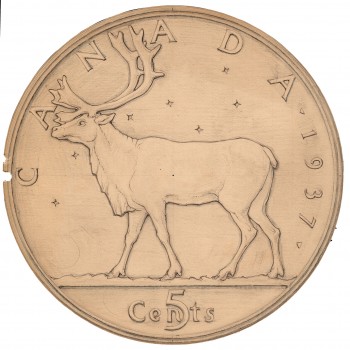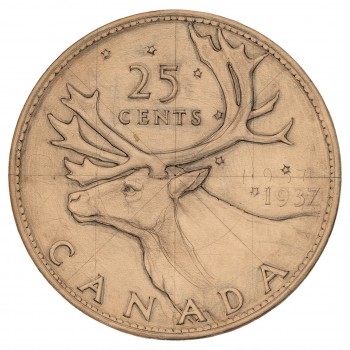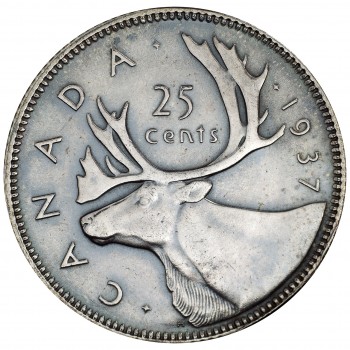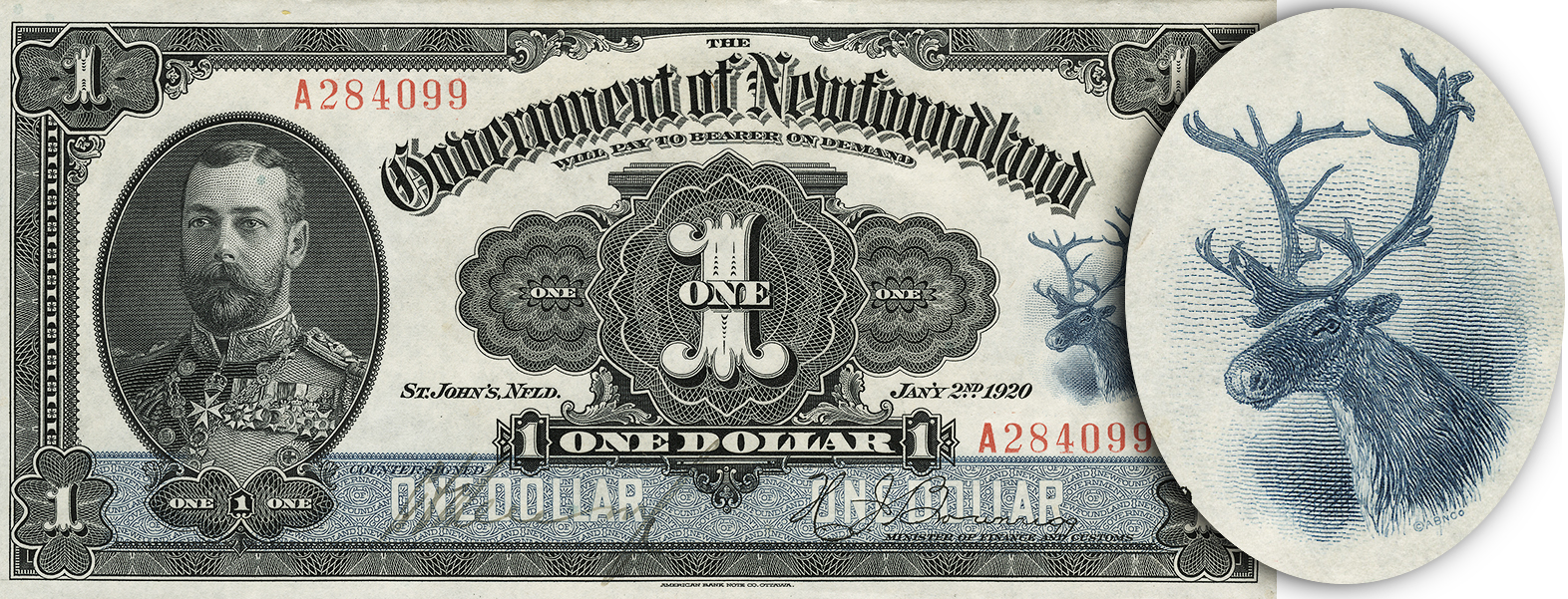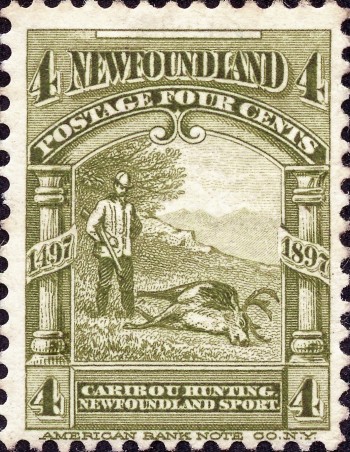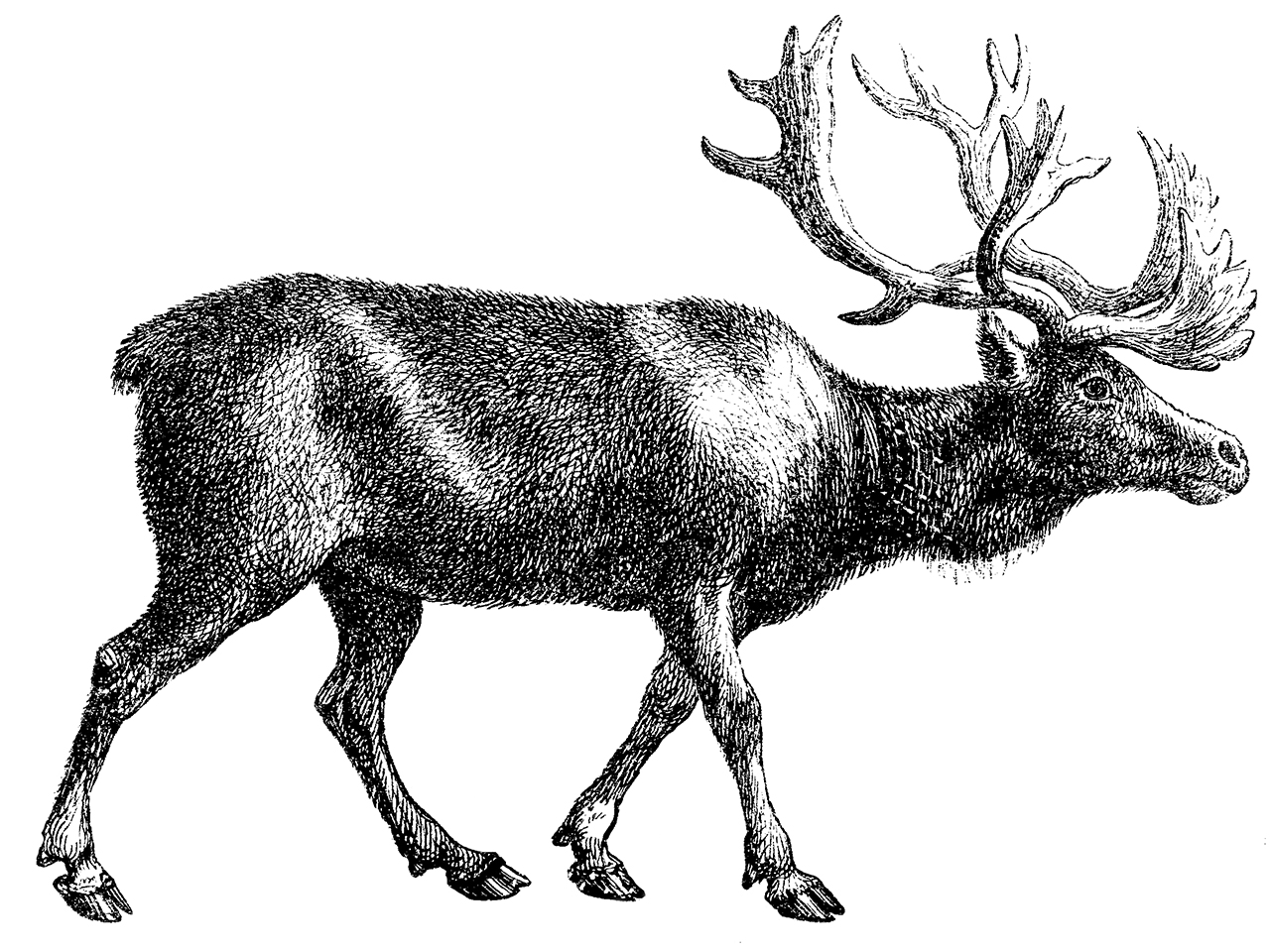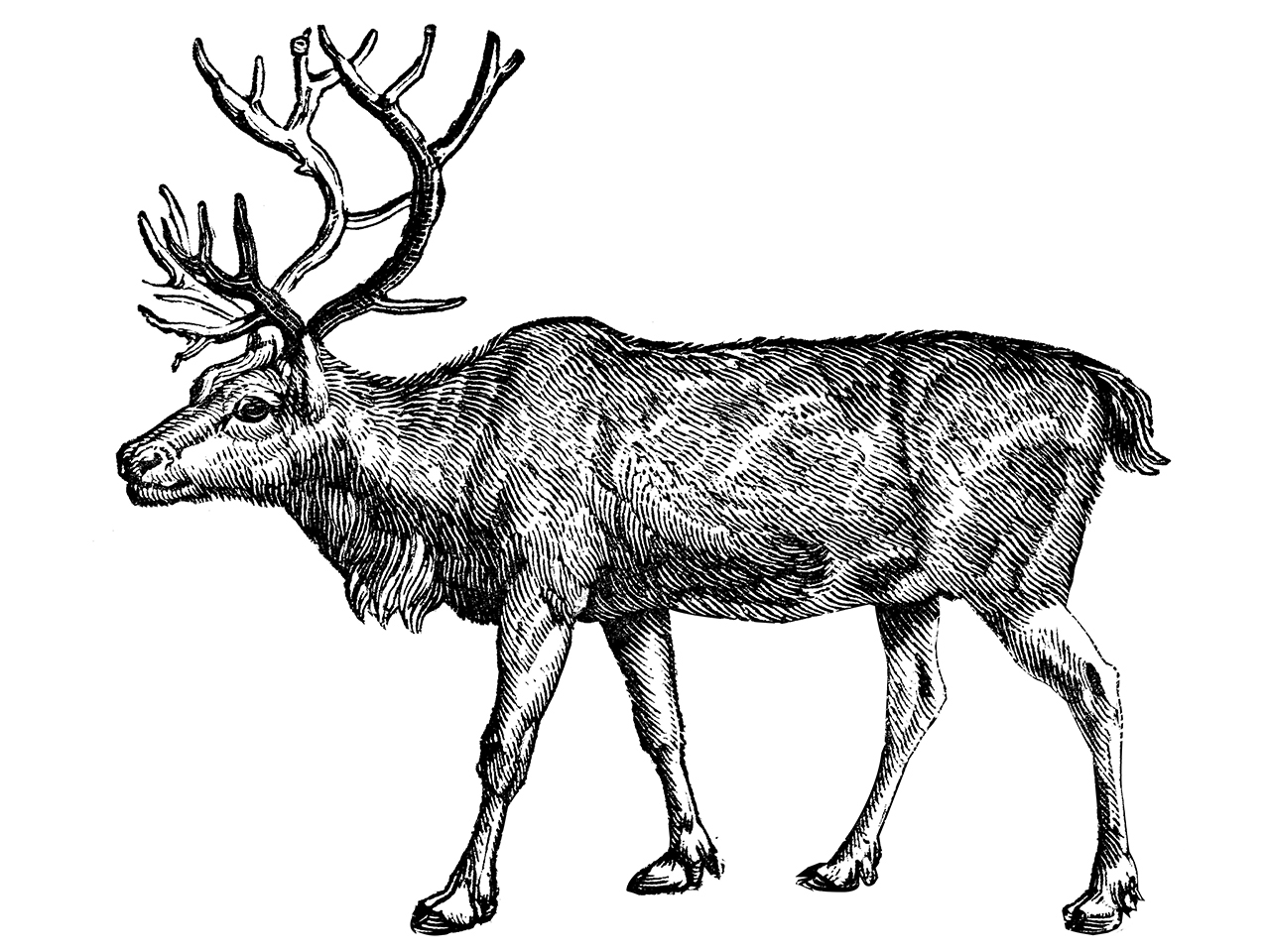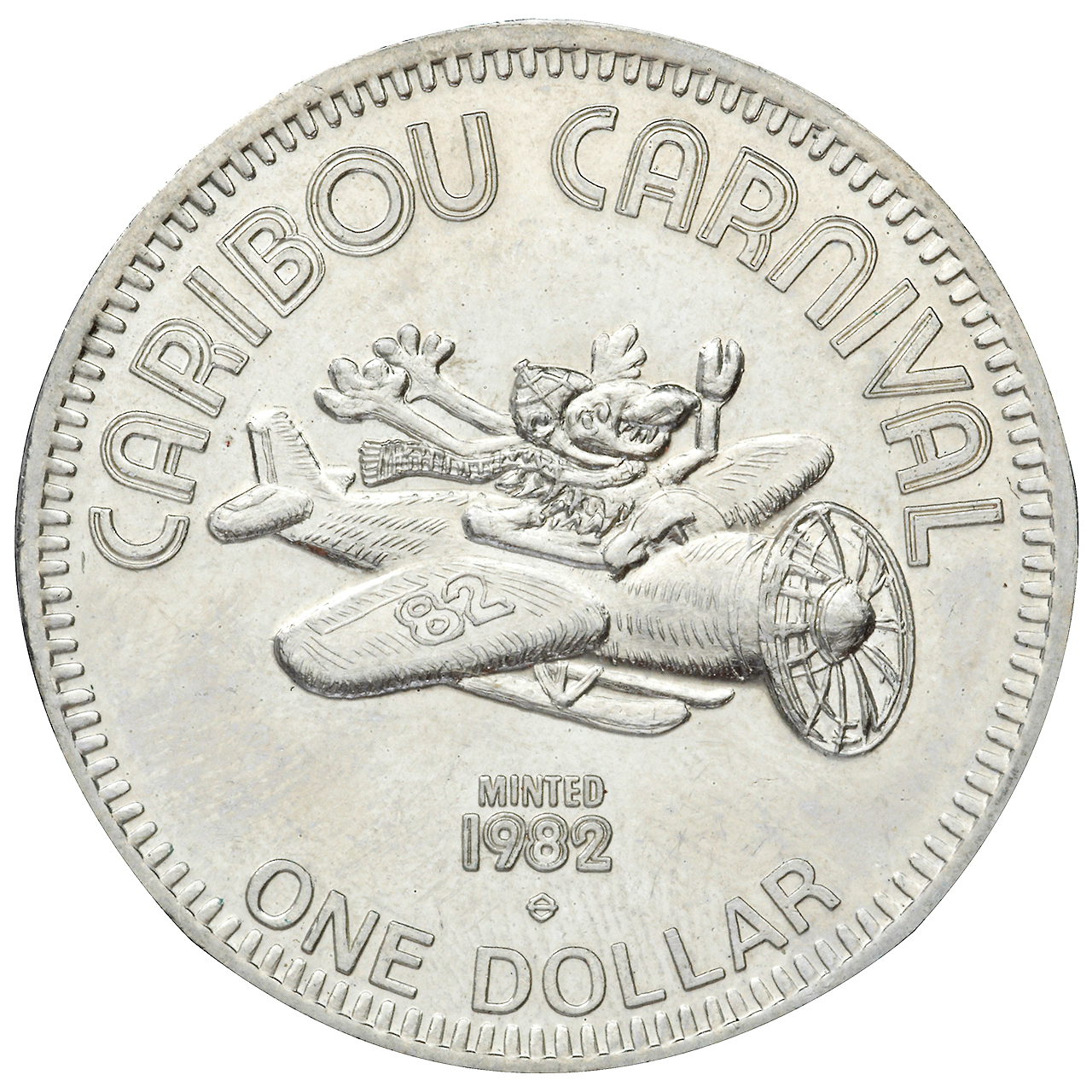Science says: “Yes, sort of”
Well into my adulthood, I had assumed that the noble beast gracing the reverse side of our quarters was a moose. Clearly, I was not a terribly observant coin collector. I don’t know how old I was before a closer inspection had revealed to me that it was, in fact, a caribou. I am surprised that Emanuel Hahn, the designer of our quarter, (and dime and former silver dollar) didn’t choose the more popular moose. Perhaps, in 1937, the caribou was the more fashionable ungulate and the moose has only recently become iconic. Certainly the moose is now king of the Canadian souvenir T‑shirt—when was the last time you saw a cartoon caribou in a Mountie uniform?
So how does this translate into a holiday blog? Well, DNA research by biologists has revealed that though they have always been considered different animals, the North American caribou and the European reindeer do in fact belong to the same species. They are cousins to one another, separated by the rising waters of the Bering Strait following the last ice age. In their long separation, they evolved quite differently.
Although neither variant of the species is currently known to fly, oral traditions from Western Yuletide celebrations speak of just such a thing: an overweight man (or elf—sources disagree) with a large sack of toys travelling in a flying sleigh pulled by eight reindeer. Or are they caribou? In a press release from the journal Physiological and Biochemical Zoology, Dr. Perry Barboza from the University of Alaska suggested that young caribou are more suited to this annual feat than are reindeer.
“Calves entering their 1st winter have the greatest power-to-mass ratios, because their legs are proportionately longer and their body is leaner than those of adults… What has been reported in sightings as ‘eight tiny reindeer’ are therefore likely to be young caribou.”
So next time you pull out a fistful of quarters to feed a parking meter or to do your laundry, you might stop to think about the animals that really may have pulled that flying sleigh: eight juvenile, North American caribou.
The Museum Blog
Whatever happened to the penny? A history of our one-cent coin.
By: Graham Iddon
Good as gold? A simple explanation of the gold standard
By: Graham Iddon
Speculating on the piggy bank
By: Graham Iddon
New acquisitions—2024 edition
Money’s metaphors
Treaties, money and art
Rai: big money
By: Graham Iddon
